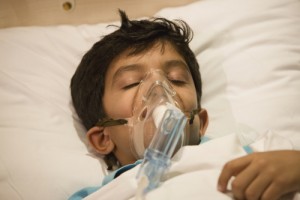 Sanitation in both hospital and other clinical environments is one of the major challenges in avoiding the spread of contagious pneumonia worldwide. As we discussed previously in this series (Part 1, Part 2 and Part 3), our WIT Machines offer nature-based, effective solutions since the gas-infused water stabilizes hydrogen peroxide. Surfaces, walls, and floors in hospitals can be sanitized without any residue of harmful chemicals such as chlorine bleach which can be damaging to human cells.
Sanitation in both hospital and other clinical environments is one of the major challenges in avoiding the spread of contagious pneumonia worldwide. As we discussed previously in this series (Part 1, Part 2 and Part 3), our WIT Machines offer nature-based, effective solutions since the gas-infused water stabilizes hydrogen peroxide. Surfaces, walls, and floors in hospitals can be sanitized without any residue of harmful chemicals such as chlorine bleach which can be damaging to human cells.
We recently learned that certain respiratory devices such as CPAP (continuous positive airway pressure) masks are commonly reused among patients in developing countries. In the optimum clinical situation, such devices would be replaced with new ones for each patient to avoid cross contamination; however, supplies are limited in many parts of the world and reuse of these devices is the only alternative available. There are sanitizers on the market where the healthcare practitioner places the CPAP mask and tubing inside an airtight enclosure, and ozone is used for sanitation. After exposure to ozone, the sanitizer must vent through a carbon filter for at least two hours before the healthcare practitioner can safely retrieve respiratory equipment for their patients. There are numerous problems with the use of ozone including damage to rubber and metal on the respiratory equipment with each exposure.
Our stable water-based gas, with addition of hydrogen peroxide, is likely a more practical sanitation alternative because it does not require venting, and maintains the integrity of the respiratory equipment – including CPAP masks and tubing.
To learn more about this new modality, please visit the WIT website or call Rob and Dana Gourley at 941-923-8972.
Read Part 5: New Modality for Respiratory Devices.
